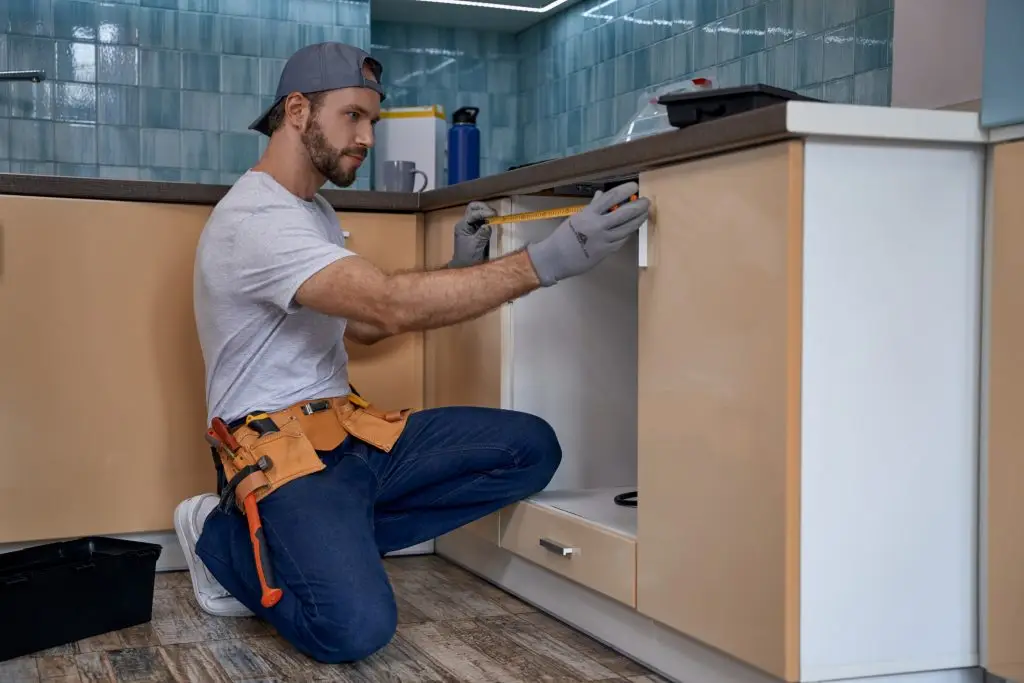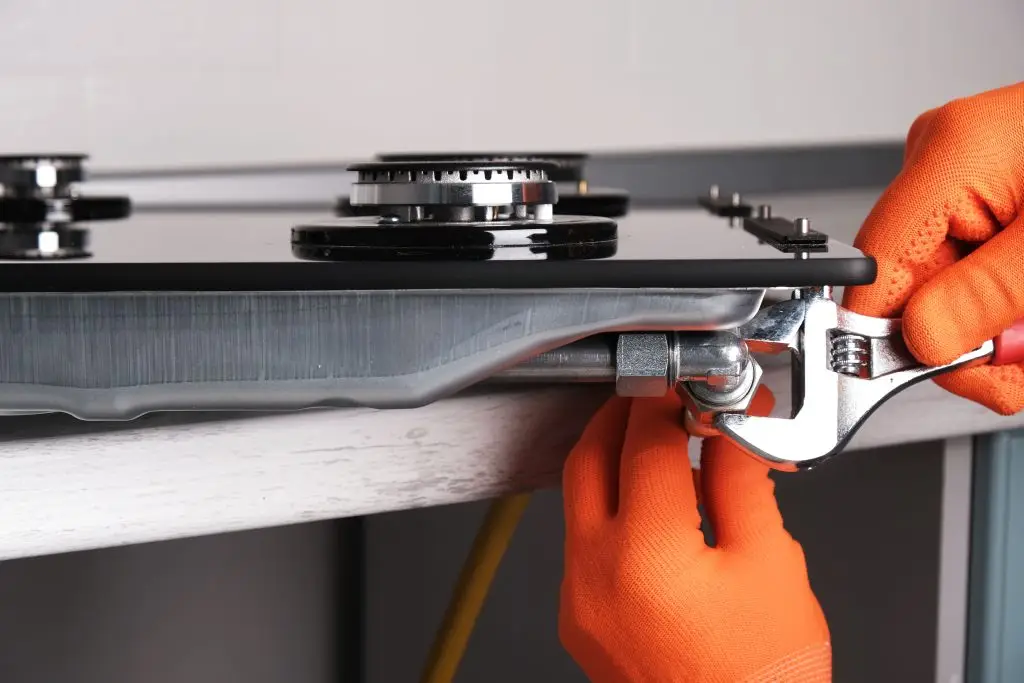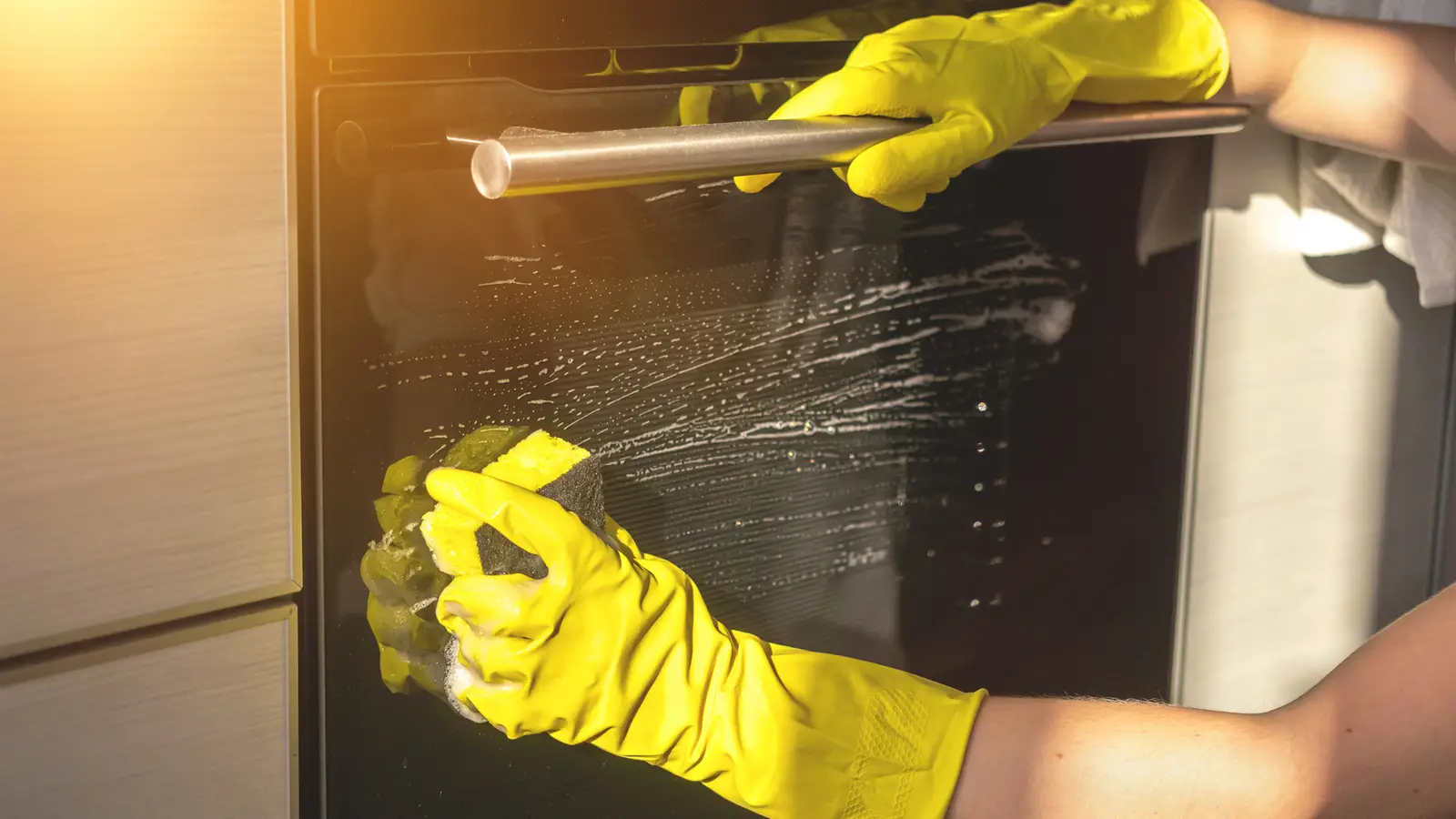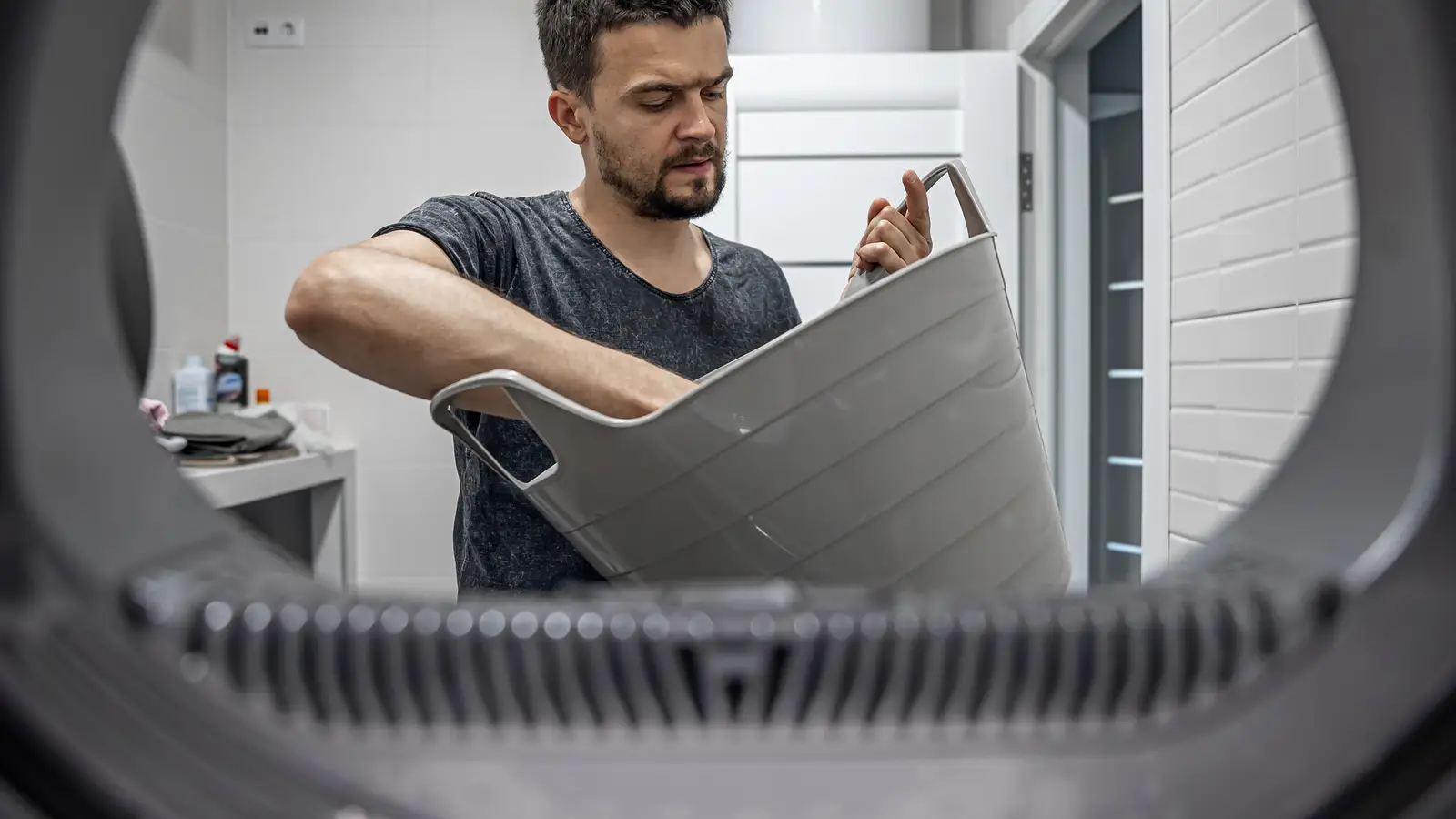
Are Hob Sizes Standard? A Simple Guide to Fitting the Right Hob
Choosing a new hob or replacing an old one often raises a simple but important question: are hob sizes standard? The short answer is both yes and no. While many hobs follow common size conventions, there are important variations to be aware of. This guide breaks down everything you need to know to ensure your new hob fits perfectly.
What Do We Mean by 'Standard' Hob Sizes?
When people talk about “standard” hob sizes, they’re usually referring to the width of the hob, as this affects how well it fits into a standard kitchen worktop. Most kitchen units in the UK are built to accommodate standard appliance widths, but that doesn’t mean all hobs will fit the same cut-out.
The key dimensions to consider are:
-
Overall width:
The full horizontal measurement of the hob from edge to edge. -
Cut-out size:
The actual space in the worktop that the hob is designed to slot into.
Different brands may have slight variations in depth, height or required clearance, so always check the full specification before installation.

Common Hob Sizes in the UK
Here’s a quick overview of the most common hob sizes you’ll find in UK kitchens:
-
30cm:
Known as domino hobs; ideal for compact spaces or secondary cooking zones. -
60cm:
The most popular size, suitable for most kitchen layouts and typically offering four cooking zones. -
70cm to 77cm:
Provides extra cooking space, usually with four or five zones and a more spacious layout. -
90cm:
A premium choice for larger kitchens, often with five or more zones and professional-style features.
Depth is generally around 50–55cm, and height tends to be 4–6cm, though these measurements become more important if installing above drawers or integrated appliances.
Cut-Out Sizes vs Hob Dimensions
This is where many people get caught out. Even if two hobs are both 60cm wide, their cut-out dimensions might not be identical. Manufacturers may require different allowances depending on the model’s design, materials, and ventilation needs.
Always consult the installation manual for precise measurements. Relying on the external width alone isn’t enough. Replacing a hob without checking cut-out size could lead to expensive mistakes or modifications.

Built-In vs Freestanding Hobs
- Built-in hobs: The most common type, designed to be mounted into a cut-out in your worktop. Size usually refers to the visible surface dimensions.
- Freestanding cookers: These include a hob on top of an oven, and sizing relates to the entire appliance rather than the hob alone.
Matching Your Hob to Your Kitchen
Before buying a new hob, take a moment to measure and double-check the following:
-
Cabinet width:
Measure the width of the cabinet underneath to ensure the hob will fit safely. -
Worktop space:
Check how much usable space you have on the worktop, especially at the sides. -
Existing cut-out dimensions:
If you’re replacing an old hob, measure the current cut-out so the new one will slot in correctly. -
Clearance around the hob:
Make sure there’s enough distance from walls, splashbacks and neighbouring appliances. -
Hob depth:
Check the depth if you’re fitting above drawers or an oven to avoid clashes.
Also consider ventilation requirements. Some induction hobs need extra clearance underneath or around the sides to allow for proper airflow.

Can You Replace a Hob with a Different Size?
Yes, but it depends. If the new hob is larger and your worktop allows it, you can simply widen the cut-out. If it’s smaller, things are trickier—you might need to fill or adjust the worktop opening, which could involve a carpenter or kitchen fitter.
In either case, always ensure the electrical or gas connections match up and comply with UK safety regulations. When in doubt, get a qualified installer involved.
Summary – Are Hob Sizes Really Standard?
There’s no single standard size that fits all. However, most hobs follow common widths (60cm, 70cm, 90cm) to match UK kitchen designs. What’s not standard is the cut-out size and specific installation requirements.
Always check the manufacturer’s specs before buying, especially if you’re replacing an old model. With a bit of planning and accurate measuring, you’ll avoid surprises—and get the perfect fit.

Frequently Asked Questions
- All Posts
- Cooker Hood Guides & Advice
- Dishwasher Guides & Advice
- General Appliance Guides & Advice
- Hob Guides & Advice
- Laundry Guides & Advice
- Microwave Guides & Advice
- Oven Guides & Advice
- Wine Cooler Guides & Advice

Learn how to clean glass oven door windows safely and effectively, inside and out. Follow our simple steps for clear,...

Can a ceramic hob be plugged into a normal socket? Learn the safety rules, power limits and installation advice before...

Discover how integrated washer-dryers really perform, including space, venting and drying realities. Learn what to expect before buying. Read now.